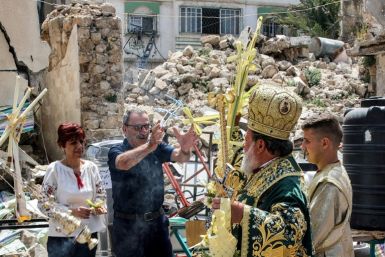Australian Fishermen Blame Queensland Harbour Dredging for Fish Kills
Australian fishermen are blaming the ongoing dredging at Queensland Harbour for the fish kills that have affected their livelihood. The dredging of 46 million tons of sediments at Gladstone Harbour is part of the $30-billion project to expand the port to accommodate more coal-seam gas export to Asia.
There has been a sharp increase in fish and crustacean deaths in Gladstone since the dredging started, the fishermen claimed. The dredging aims to allow liquid natural gas (LNG) carriers to access the port.
However, the company performing the dredging, Gladstone Ports Corp, denied their work is the reason behind the rise in fish diseases and deaths. The firm insisted the fish deaths and ailments began before it started dredging the harbour.
Following the rise in number of complaints, the Queensland Department of Environment and Resource Development (DERD) ordered a scientific review. The result of the review is expected to be out in two weeks. DERD Director General Jim Reeves said there might be a need to adapt or modify the dredging practices if it was found to be responsible for the fish deaths and ailments.
The harbour is part of the Great Barrier Reef World Heritage area drawn up by the UN. Gladstone Chairman Ian Brusasco wrote to MPS to ask them to redraw the World Heritage area boundary so that Gladstone Harbour would be excluded.
The Greens Party said the Gladstone request was proof that the dredging program is causing the environmental disaster. The party pushed for a stop to the dredging instead.
The World Heritage Committee will send a group in Australia to investigate the $16-billion LNG site at the port and the port expansion project.
More than 75,000 residents signed a letter calling on the federal government of Australia to stop Gladstone's dredging operations.






